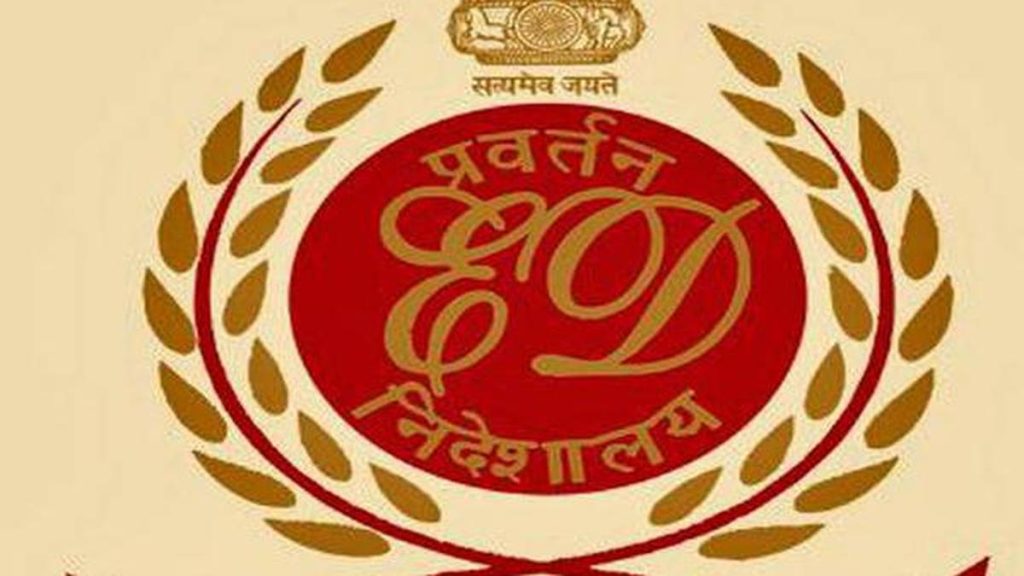Now Reading: Rethinking the Pursuit of Happiness
-
01
Rethinking the Pursuit of Happiness
Rethinking the Pursuit of Happiness

Rapid Summary
- Researchers debate over defining well-being and whether happiness is central to it.
- Aristotle identified two types of happiness: “hedonia” (pleasure) and “eudaimonia” (flourishing life tied to virtues and valued pursuits).
- Studies on well-being often use the Satisfaction With Life Scale or simpler measures like ladder-based rankings from the world Happiness Report. Critics of these methods suggest they prioritize material metrics over relational, health, or community factors.
- Non-WEIRD cultures (non-Western,Educated,industrialized,Rich,Democratic) are underrepresented in psychological studies of well-being.These cultures tend to prioritize communal and collective notions like harmony and spirituality more than individual happiness.
- Research highlights differences in well-being components across societies; western perceptions favor individual happiness while collectivist societies emphasize interpersonal harmony.
- Experts suggest expanding research methods to include culturally diverse samples for a holistic understanding of global well-being metrics.
Indian Opinion Analysis
India’s cultural character aligns distinctly with the insights revealed about collectivist approaches toward well-being. Traditionally rooted in community bonds and principles such as “Vasudhaiva Kutumbakam” (the world is one family), Indian society seems closer to philosophies valuing interconnectedness over individual-centric happiness models prevalent in WEIRD cultures. This attention could steer policies focusing on social equity rather than material hierarchy while strengthening India’s stance on global conversations around mental health measures.
though, the bias toward underrepresenting non-WEIRD perspectives in larger studies affects how Indian-specific dynamics might potentially be acknowledged globally among researchers or policymakers seeking universal scales for societal growth tools amidst changing local contexts Read More: Click Here

























